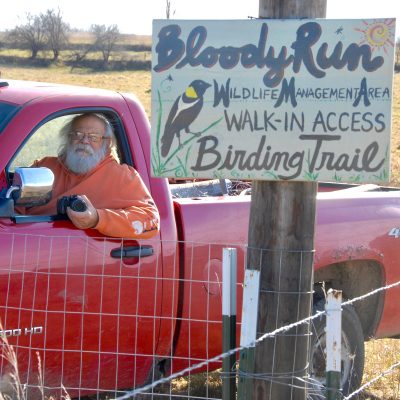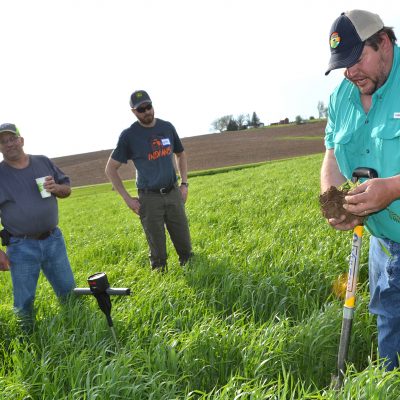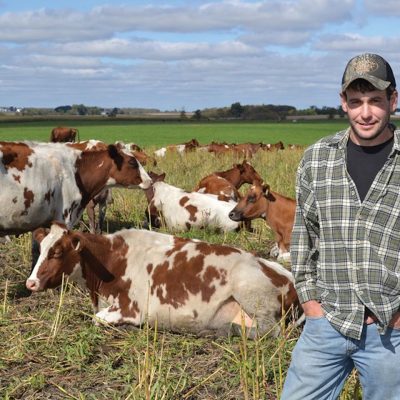Ear to the Ground 275: Blurring the Bobolink Boundaries
How the Specht family is using rotational grazing, citizen science, and community collaboration to tear down the fence between the agricultural and avian worlds. More Information: • The Spechts have been featured in two books: Wildly Successful Farming and The Farm as Natural Habitat • LSP’s Soil Health & Grazing Web Page • Iowa Natural Heritage… Read More →


